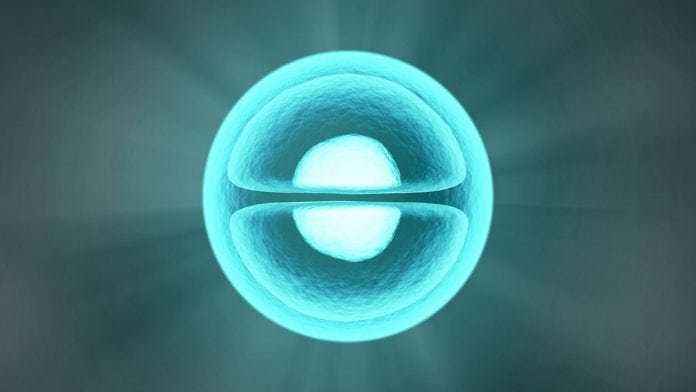
A computer model with a guided algorithm may help scientists find the precise spot to split proteins and then reassemble them to functionality.
According to a team of biochemists and biophysicists it’s almost impossible for proteins to be split up and reassembled on command, however the researchers claim that a computer model could be another step towards using chemical and light signals to create new medical treatments and biosensors.
The complexity of proteins
Proteins, which are folded into complex 3-D structures, play key roles in many of the body’s important processes, including communicating between cells, building DNA and creating antibodies.
In the past, researchers found that they could split proteins using light and chemical signals but finding the precise location to make the split was always a matter of trial and error, and this is far from being practical for actual medical treatments and scientific procedures.
According to the researchers, the process to split a protein is similar to splitting an apple, but when apples are split they usually don’t have any intention of reassembling the pieces back into a healthy apple.
“In this particular work, we tried to establish design principles on how one can look at the structure, or sequence of a protein and identify the sites that enable this splitting and reassembling.” said Onur Dagliyan, research fellow in neurobiology, Harvard Medical School.
Developing the computer model and algorithm
To find the best sites for protein splits, the researchers analysed they way in which several proteins were split in the past and used that data to design a mathematical model of the protein’s structure, or physical scoring model. This then provided the researchers with the ability to find spots that had the best odds for a successful split.
Then using the algorithm, the researchers identified split sites on several proteins, including tyrosine kinase Lyn, guanosine nucleotide dissociation inhibitor and guanine exchange factor.
However, the ability to split proteins and then make them functional again could have far-reaching implications, according to the study team. For example, they could see future uses of this technique in therapies such as CAR T-cell therapy. In CAR T-cell therapy, doctors take patients’ immune cells from their body and modify them to kill abnormal cells, like cancer cells. Doctors then reinject these modified cells into the patients.
“If we want to deliver something – an engineered cell, or stem cell, or engineered bacteria cell, for example – to a body for therapeutic purposes, we might not want them to be active all the time.” explains Dagliyan.
“You want to turn them off and turn them on, and people in the field are trying to find ways to control those proteins, just to be able control those cells. So, that’s one possibility that might be looked at.”
A computer model that could be a tool for future research
Dagliyan added that the process could be used to attach biosensors to proteins that could then be used to help identify not just the behavior of one protein, but how networks of proteins operate.
Splitting proteins would be another tool for medical researchers, according to Dokholyan, who concluded that his laboratory has helped to developed optogenetic and chomogenetic signaling of individual and groups of proteins.
























